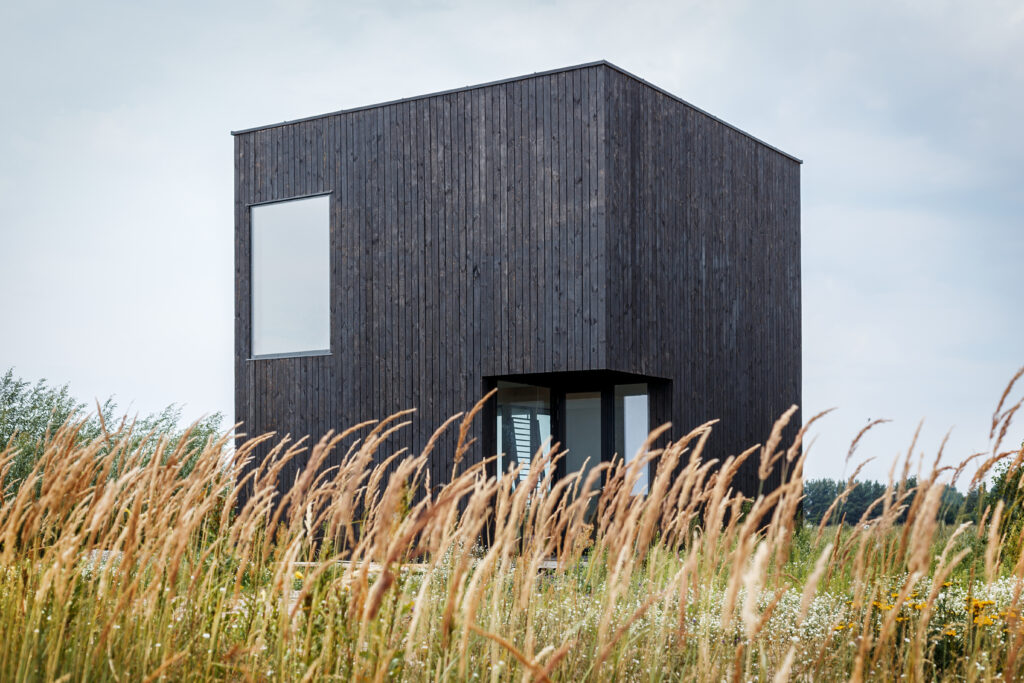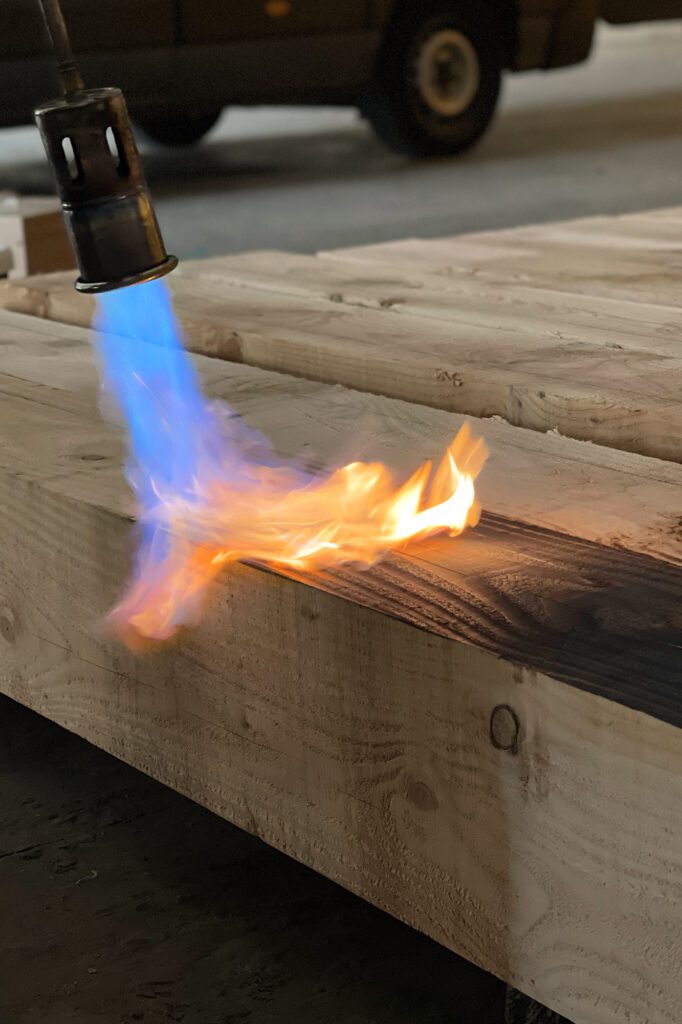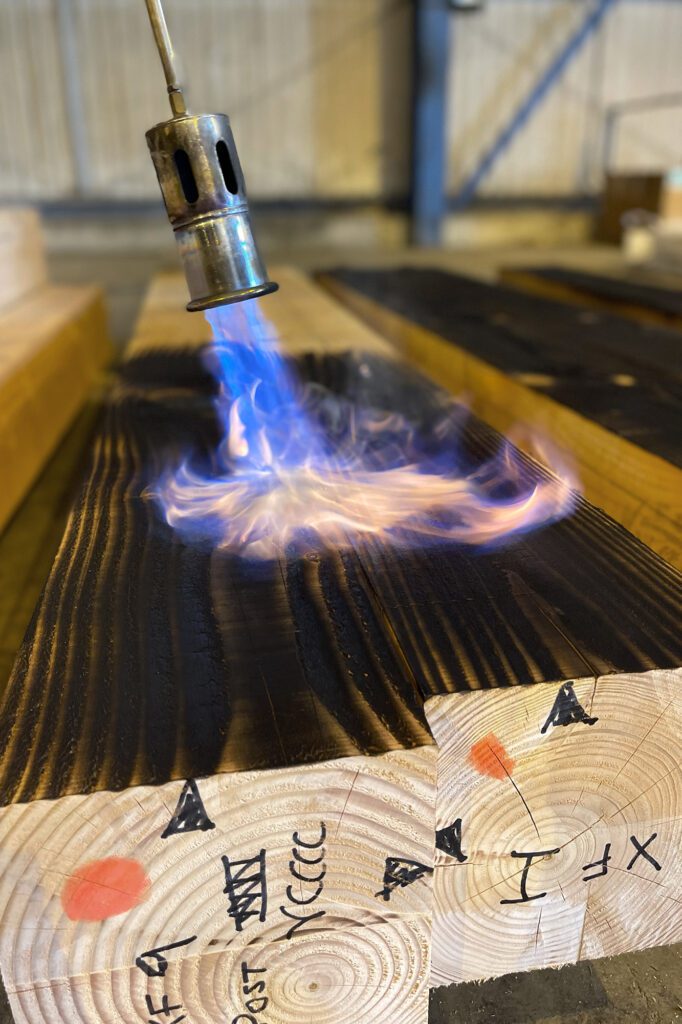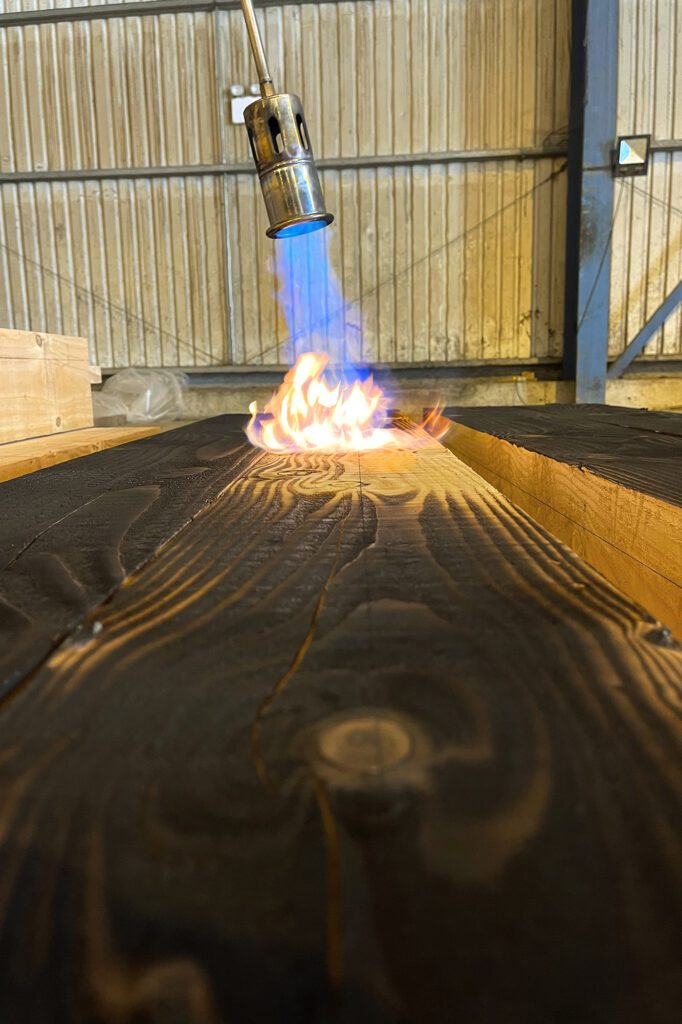You may have heard of a Japanese technique called Yakisugi used for cladding, but you’ve probably never seen it in action, especially not in the UK.
It’s a traditional technique that’s been used for centuries, the process was developed to protect the exterior of buildings in Japan long before wood stains were available. It’s still used for exteriors like cladding but has also become popular for interior cladding and furniture.
Why use it?
There are lots of benefits to using this technique on your timber frame – it’s practical, better for the environment and it can give your wood a very distinctive finish. With yakisugi cladding you can achieve a dark stain aesthetic without actually using a stain.
The look of yakisugi works well with a variety of materials like metals, glass and other contemporary materials, as well as with stone and other timbers for traditional tastes.
Benefits of the yakisugi technique:
- It doesn’t require regular maintenance – once the timber has been charred it simply needs an application of natural oil which only needs reapplication periodically – it doesn’t require a lot of maintenance as normal wood staining products would.
- It’s non toxic on application, unlike many wood staining products. When the wood has come to the end of its life and needs to be disposed of, it can be re-used or burnt, without worrying about the release of toxic chemicals.
- It allows the natural grain of the wood to show, which would otherwise be covered up with a dark stain.
- It also protects the timber from mould and wood rot, and infestations from insects.

How is the yakisugi technique done?
The wood is charred with a blow torch by holding it very still and moving it on to the next section only once the face of the timber ignites. As the timber gets heated it takes less time to char.
To achieve a textured surface with visible wood grain patterns the excess char then needs to be brushed off using a wire ‘hedgehog’ brush. This should be used at a steady speed – too much pressure or not enough will result in an inconsistent finish.
Finally, any remaining white ash is brushed off and then the timber is sealed with a natural oil.
It’s not a process that can be rushed and needs to be done carefully and safely to achieve the best results.
Our carpentry team recently worked on a project where the client specified that this technique be used on a Douglas fir frame. The project included a large garden room and studio in Hampshire.
If you’re planning your own timber framed project and want to know more about the yakisugi technique, or anything else about building with timber frames, please get in touch.



